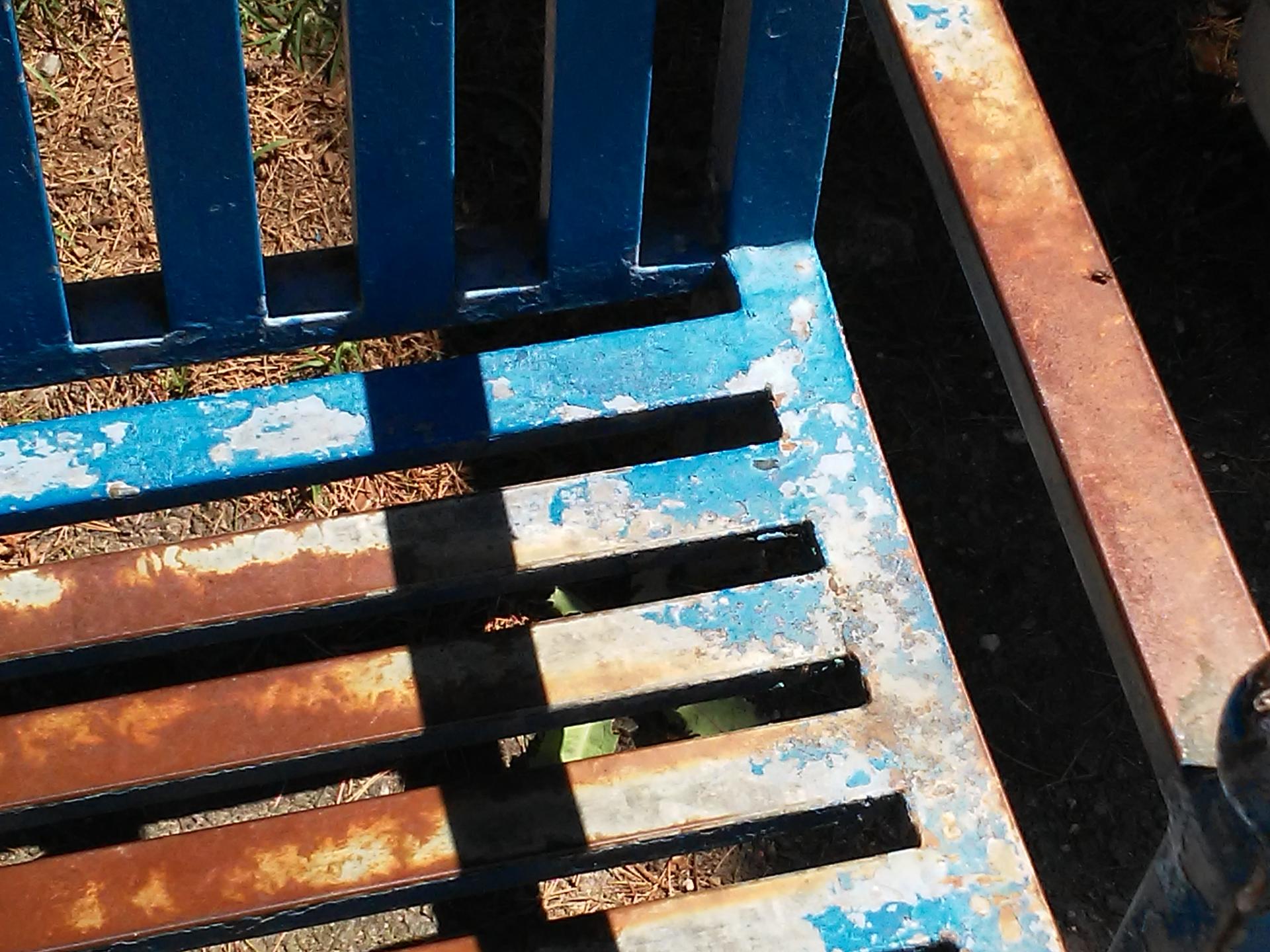By bringing concepts home we mean finding practical examples. Some topics like simple machines lend themselves well to this; we can explain the theory with realia, like kitchen utensils. However, with an item like structures, we have to bring the student out into the community to find the real thing. When I was sent out to make videos in the pandemic, I went down our seaside promenade in search of the different types of structures in the curriculum. After a quick stroll I was able to find almost every kind mentioned in the syllabus. There was even a chapel with an arched doorway, but the structure that eluded me was a suspended one. As luck would have it, though, I was able to add a photo onto which a suspension bridge had been photoshopped in. It seems a local academic wanted to link our city with a neighbouring one, but the project had been scrapped. That was an interesting piece of history for the class.
Taking this topic out into the street led to new opportunities for thinking and speaking. Those of us who work with teens know that getting them to voice their opinions is like drawing blood from a stone, but here was a chance to debate design choices.
Benches, for instance, play a crucial role in our urban settings; our walkway had two types: a shell structure and others made from a frame. We could therefore consider which one was better and with what criteria. The framed structure was more appealing, but it was expensive and easily vandalised. On the other hand, the ugly cement shell has survived over the decades and was probably cheap to install.
Discussing practical issues may be easier than dealing with something abstract.
-
Which bench design is better?
-
Is it a good idea to connect the two cities with bridges?
-
Would you find this shell chair comfortable?
-
Is there a way to use sustainable materials, like seafood shells, to build the mass structures of the piers?





